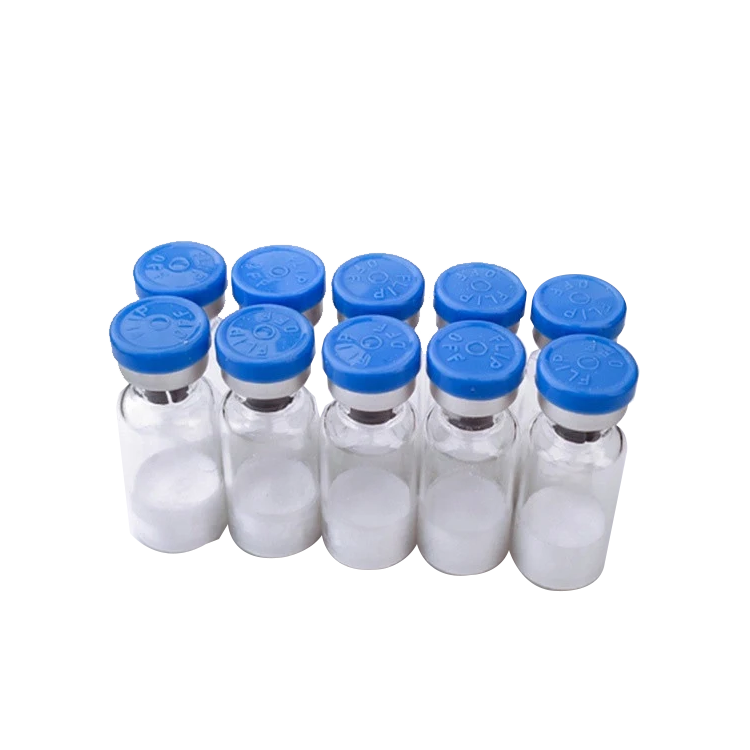Snapping Turtles, also known as small crocodile turtles and meat turtles, are native to North and Central America and are a rare breed of special aquatic products that incorporates edible, ornamental, and medicinal herbs. Snapping turtles are less diseased, resistant to crude food, generally have an annual weight gain of 0.4 to 1.2 kg, which is more than 1 times higher than soft-shelled turtles and frogs. The meat output rate is as high as 85% to 89%, which is twice that of common turtles. The meat is delicious and nutritious. Can be used medicinally. Therefore, snapping turtle breeding has higher economic benefits. The snapping turtle was introduced and tested successfully by Hua Boming, Dongzhuang Town, Xishan Town, Xishan City, Zhejiang Province. Now, the farm has become the largest snapping turtle breeding base in East China. Snapping turtle breeding and turtle have similarities, the technical points are as follows:?
I. Facilities requirements
Snapping Turtle adaptability, in the temperature of 3 ~ 40 °C water can survive, even in the water under the ice of -5 °C does not freeze to death, but the fastest growth in 28 ~ 32 °C water temperature conditions. Can be used in indoor and outdoor tanks, barrels, pots, cement pools, of which the best way to build pool culture. The cement pool is 60 cm deep, and 60 cm high walls are to be built around the pool to prevent snapping turtles from fleeing. The newly built pool should be rinsed with water and aired for 3 to 5 days. Then 20 cm thick silt is laid at the bottom of the pool. In addition, a layer of fine sand is needed between the pool and the wall for turtles to go ashore and spawn. ?
Second, breeding and hatching?
Snapping turtles are oviparous animals. Female turtles begin to lay eggs at a weight of more than 1 kg, and each mature female turtle produces 30 to 120 eggs each year. Snapping turtles are free to mate, with a ratio of 5:1. The animals are mated from April to early May every year. Spawning takes place from early June to September. Each batch spawns 8 to 28 eggs. Artificial hatching is generally used. The method is to bury the collected eggs one by one in an incubator with a height of 30 cm and a bottom of 20 cm thick wet sand. The eggs are buried at a depth of 3 cm, wet towels are placed on top, and water is sprayed twice a day. Keeping the humidity at 80% and the temperature at 25 to 30°C, hatchlings can be hatched in about 60 days. ?
Third, feeding and management?
1? Young hatchlings hatch young hatchlings until the convergence of the umbilical cord is disinfected with 10% physiological saline and then placed in a container of warm water at 25 to 30°C, changing the water twice a day. After 3 days, the mixture of cooked eggs and minced rice was fed; chopped fish, snail meat, animal viscera and waste were fed for about 50 days; after 90 days, the fish could be fed into the pool. ?
2 adult turtles feeding turtles feeding mixed, delicious bait for fish, snail meat, animal waste, etc., can also eat cereals and vegetables and other vegetable feed. However, for the rapid growth of snapping turtles, animal feed should be the mainstay, and attention should be paid to adding a variety of vitamins, trace elements, and calcium. Each day, feeds are taken at 10 o'clock in the morning and at 5 o'clock in the afternoon. The amount fed is 20% to 30% of the weight of the snapping turtle. When aquaculture is conducted, water is changed once a week in spring and autumn, and water is changed twice a week in summer. In November each year, the snapping turtle enters a hibernating state and does not have to feed or change water, but it is necessary to pay attention to heat preservation. There is no hibernation in perennial warm-water culture, and feeding and changing water are still required.
Human chorionic gonadotropin is a hormone for the maternal recognition of pregnancy produced by trophoblast cells
Human chorionic gonadotropin (HCG) is a glycoprotein secreted by trophoblast cells of the placenta And β dimer proteins. The molecular weight of glycoprotein hormone 36700, A. Pituitary, FSH, follicle stimulating hormone, LH (luteinizing hormone) and TSH (thyroid stimulating hormone) are basically similar, So they can cross-react with each other, while the structure of β subunit is not similar. In mature women, the fertilized ova move to the uterine cavity for implantation and form embryos. In the process of development and growth into the fetus, the placental syncytiotrophoblast cells produce a large amount of HCG, which can be excreted into urine through the blood circulation of pregnant women. Serum and urine HCG levels rise Rapidly from 1 to 2.5 weeks of gestation, reaching a peak at 8 weeks of gestation and dropping to moderate levels at 4 months of gestation, which remain at the end of gestation. At present, the commonly used detection methods are: latex aggregation inhibition test and hemagglutination inhibition test; Radioimmunoassay (RIA); Enzyme linked immunosorbent assay (ELISA); Monoclonal antibody colloidal gold test
Hcg Powder,Custom Ghrp Peptides,High Purity Hcg Powder,Popular Peptide Bodybuilding Powder
Shaanxi YXchuang Biotechnology Co., Ltd , https://www.peptide-nootropic.com